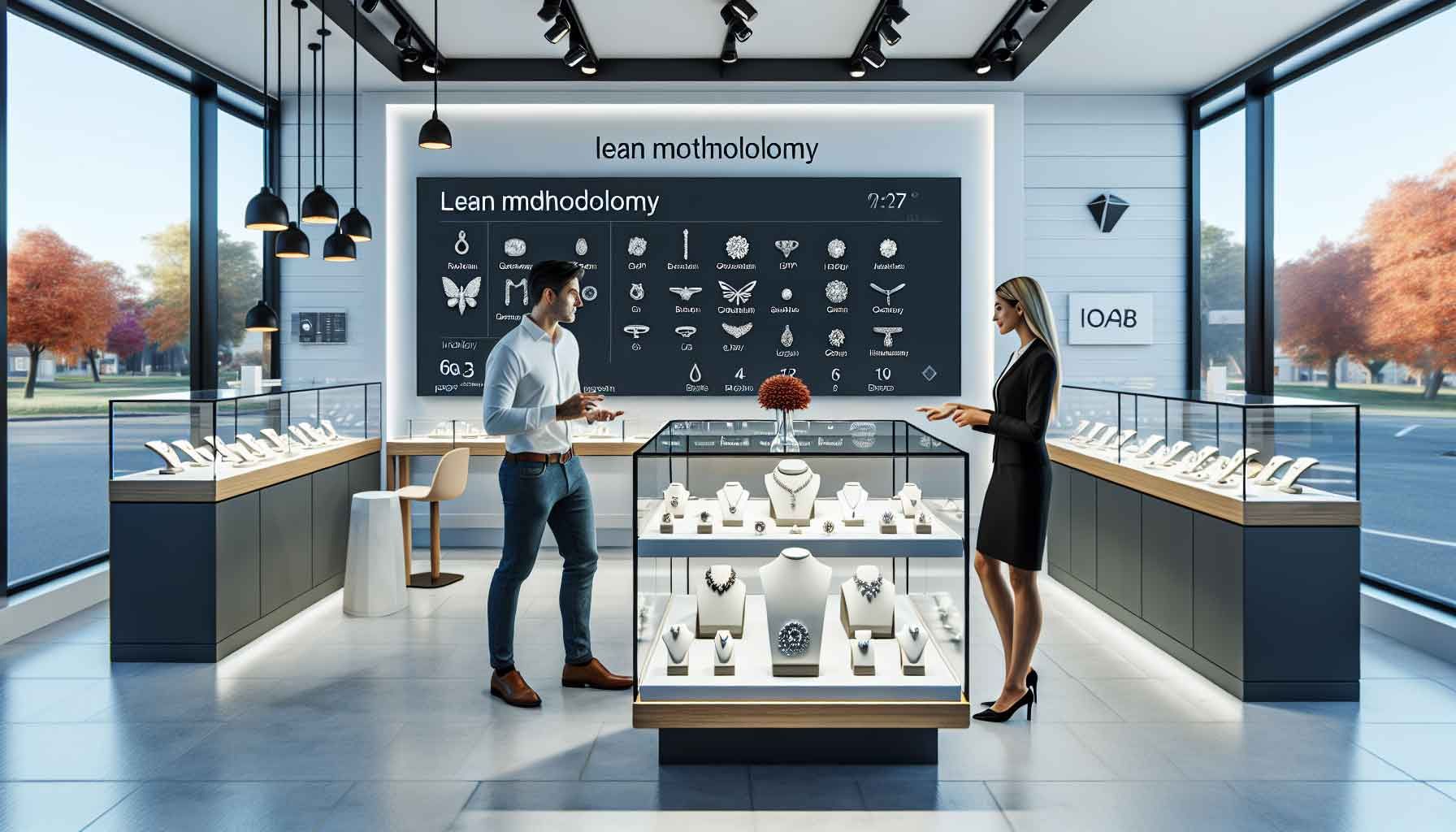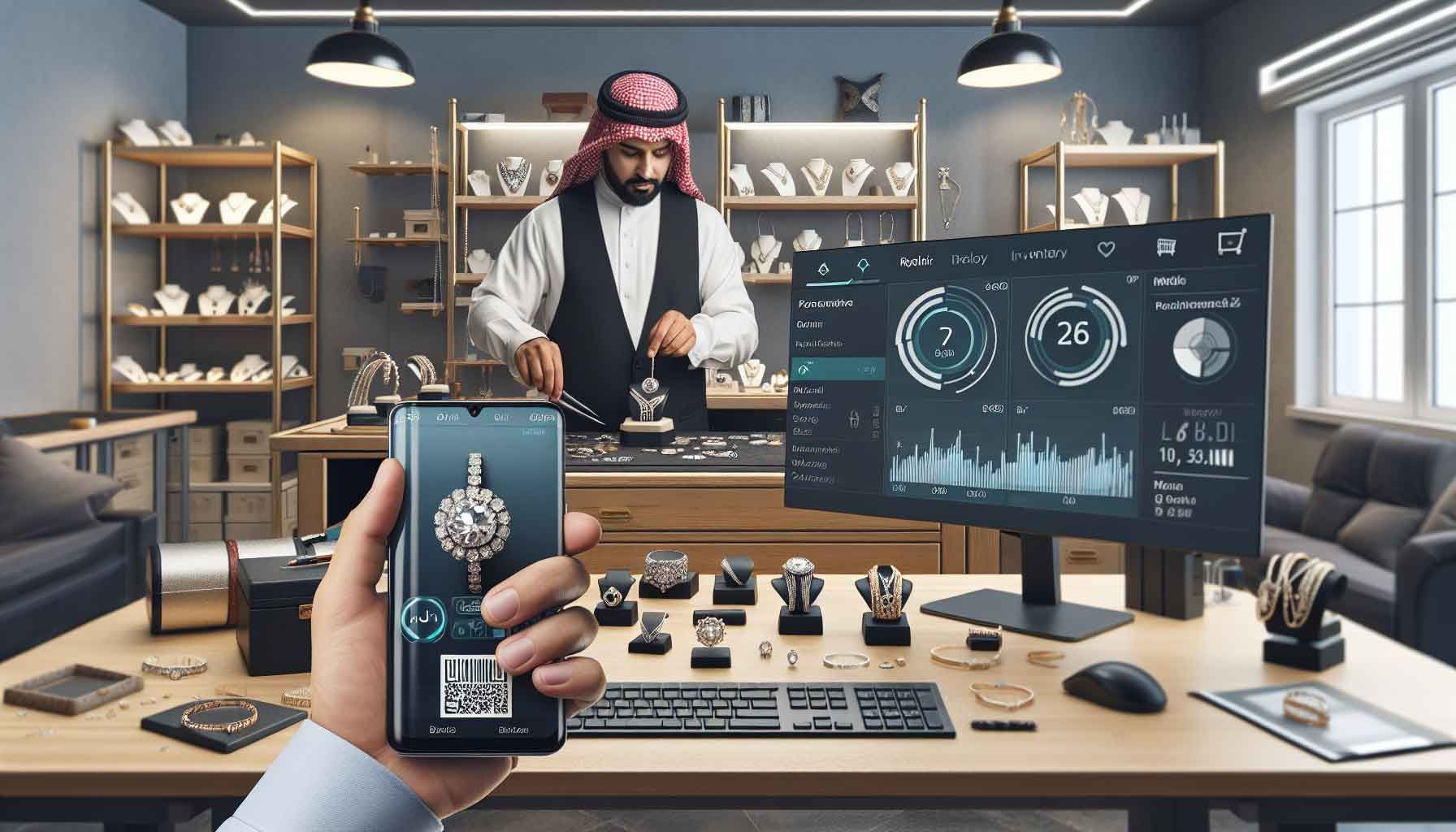How do you measure the efficiency of your logistics processes? – Tips for Jewelers
How to measure the efficiency of your logistics processes
Introduction: The importance of logistical efficiency
In the jewelry industry, the efficiency of logistics processes is crucial for the success of your business. When you, as a jeweler, are unable to manage your products effectively, it can lead to high costs, delays, and ultimately even loss of customers. Measuring this efficiency helps you identify bottlenecks and optimize your operations.
Why should you measure logistics processes?
Measuring the efficiency of your logistics processes offers several benefits: you can save costs , increase customer satisfaction, and improve turnaround times. When you make this data transparent, you can implement targeted improvements.
Pro tip: Use a logistics dashboard to collect all your important data in one place. This way, you quickly gain insight into your processes.
The key indicators for logistical efficiency
To measure the efficiency of your logistics processes, it is important to define the right key performance indicators (KPIs) . Here are some essential KPIs you should keep an eye on:
1. Turnaround time
The turnaround time is the time that elapses from the moment of ordering until delivery. It is a direct measure of the speed of your processes. The shorter the turnaround time, the more efficiently your logistics operate.
2. Inventory turnover
The inventory turnover measures how often your inventory is sold and replaced in a given period. A high turnover indicates that you have efficient inventory management, which is crucial for jewelers who have limited space for inventory management.
3. Order accuracy
The order accuracy is the percentage of orders that are delivered correctly and on time. This is crucial for customer satisfaction and can significantly increase repeat purchases.
4. Transportation costs
Keeping track of transportation costs per shipment helps you uncover inefficiencies. High transportation costs may indicate problems with your distribution or poor choices of carriers.
Tools and technology for measuring logistical efficiency
To measure the efficiency of your logistics processes, you can utilize various tools and technologies. Here are some options:
1. Advanced cash register systems
With an advanced cash register system , you can track sales data, inventory, and customer behavior in real-time. This enables you to analyze trends and optimize your processes.
2. Inventory management software
A good inventory management system helps you track your inventory levels and improve your purchasing processes. This is especially important for jewelers with a wide assortment.
3. Logistics dashboards
Logistics dashboards allow you to visually display KPIs, so you can quickly identify inefficiencies and compare measurements over different periods.
How to improve logistical efficiency?
Here are some strategies you can implement to improve the logistical efficiency of your jewelry business:
1. Streamline your processes
Analyze your current processes and look for bottlenecks. By eliminating redundant steps , you can not only improve turnaround time but also reduce costs.
2. Invest in training
Educate your employees about best practices in logistics and inventory management . Well-trained staff work faster and more efficiently, benefiting the overall operation.
3. Optimize your layout
An efficient layout of your store and warehouse can increase speed. Ensure everything is logically organized and that staff can easily access frequently used products.
4. Utilize technology
By implementing technology, such as inventory management software and advanced cash register systems , you can automate processes and collect data in real-time. This leads to better-informed decisions.
How to implement logistical audits
A periodic logistical audit helps you evaluate your processes. Here are some steps to carry out a logistical audit:
1. Define the scope
Determine which logistics processes you want to audit. This can include inventory management, order processing, or even customer feedback.
2. Collect data
Gather all relevant data regarding the processes you are auditing. This includes KPI data, feedback from customers and employees.
3. Analyze the data
Identify trends and look for areas where improvement is possible. Compare your results with previous audits to measure progress.
4. Create an action plan
Based on your findings, create an action plan to address the identified issues. Set clear objectives and deadlines to implement the improvements.
Conclusion: Efficiency is an ongoing process
The measure of the efficiency of your logistics processes is not a one-time action. It is a continuous process that you must constantly engage in. By regularly measuring, analyzing, and optimizing your processes, you ensure that your jewelry business remains sustainable and successful in an ever-changing market.

Take your store to the next level
Start automating and digitizing your store processes today. PrismaNote helps retailers with this. Discover what we can do for you via the menu above.
- George






































